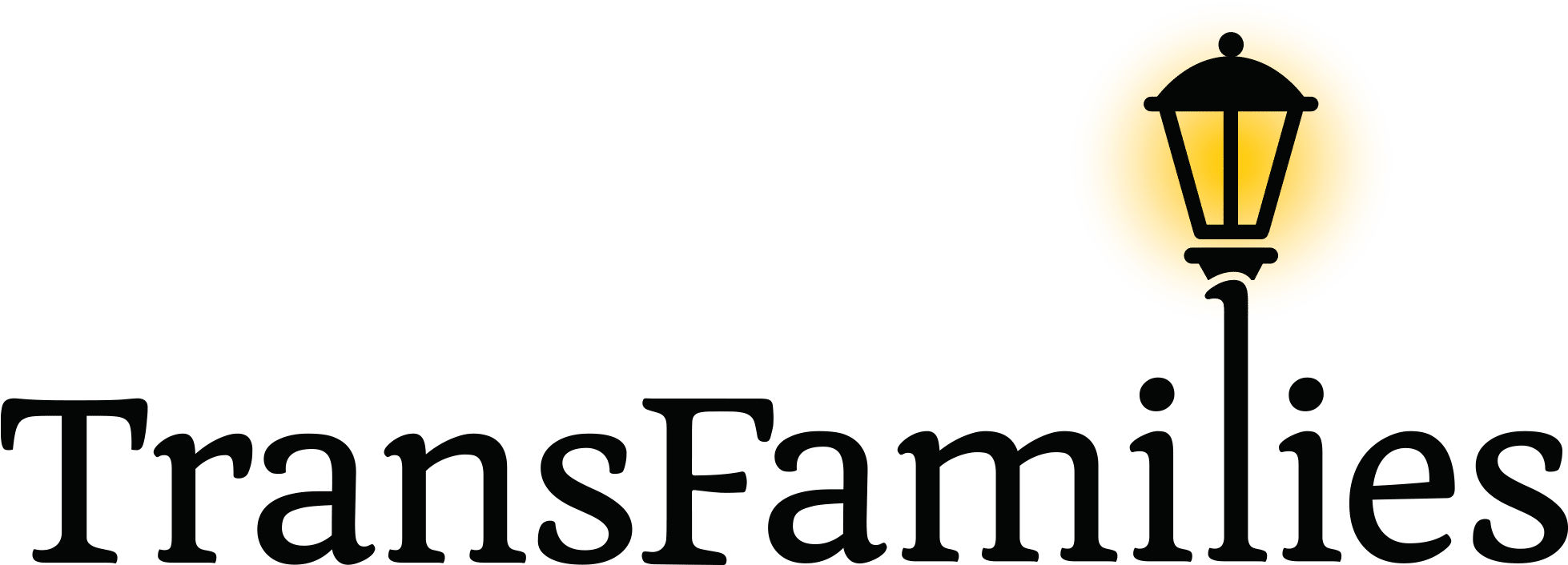Musings on Being Nonbinary

By Rachel ‘Bikil’ Langshall
When I was 7 years old, my Mom told me that if I kissed my elbow I would turn 
I got angry around 9 years old when I found out that I would not be getting a beard when I got older. I had been practicing stroking my bearded chin musingly, like you see so many people do on TV. I didn’t want a beard ALL the time, but I definitely wanted a beard sometimes.
Fast forward about 30 years to the first time I heard the term nonbinary. I followed some people on Twitter who used it, along with the pronouns they/them to refer to themselves. When I read the definition of nonbinary, it was like a revelation. It described so much of what I had been feeling my whole life. I had never felt right calling myself a woman, but I also never felt right calling myself a man.
I truly knew nonbinary was the right word for me when someone first used they/them pronouns to refer to me.
I felt a thrill through my whole body. And the first time I saw Mx used to refer to me instead of Mr or Mrs/Ms, I had to stop walking and savor the feeling because this moment, this utter bliss, was beautifully overwhelming. It felt RIGHT, and it felt like me.
So, what does nonbinary mean?
The Trans Families website describes it this way: https://transfamilies.org/about-nonbinary/
“Most societies – especially modern Western cultures – tend to recognize only two genders in a binary, male and female. Nonbinary people have genders that are not fully described by this binary of male and female.”
That’s a good basic definition, but one aspect that can often confuse people who aren’t familiar with the concept is that there are many genders terms that exist within the umbrella of nonbinary. Genderqueer, genderfluid, agender, bigender, demigender, pangender, and even nonbinary itself are all words people use to describe their gender.
Plus, gender doesn’t just range back and forth on a line between masculine and feminine, though there are some people who identify that way (examples: demigender, genderfluid). Some people don’t have a gender at all (examples: agender, genderfree, gendervoid), or don’t want to associate with gender in the way most people view it (genderqueer).
As many trans and nonbinary people do, I use a few labels to describe my gender: Trans nonbinary genderqueer genderbereft.
For me, these terms mean
- Trans – not the gender assigned at birth
- Nonbinary – not a binary gender of completely man or completely woman
- Genderqueer – identifies with gender in a way that goes outside how we view gender in our society
- Genderbereft – does not know their gender, can’t figure out their gender, and that fact bothers them
I, personally, love sharing what my gender means to me to help others understand (not all trans people do). I love the feeling of happiness and camaraderie I get as a co-facilitator of the Trans Families support group for parents of nonbinary youth.
Looking back at that angry, confused kid, I realize how far I have come. My gender is a journey that will never end, and I will always be exploring and figuring myself out. But now that doesn’t anger me, it excites me.
You can learn more about nonbinary identities at our upcoming Gender Odyssey Extra Credit: Exploring Nonbinary Identities. I’ll be on the panel! Members of our Trans Families community can also check out our Parents of Nonbinary Children Group that meets on the third Thursday of every month! I’m one of the founding facilitators of it.
